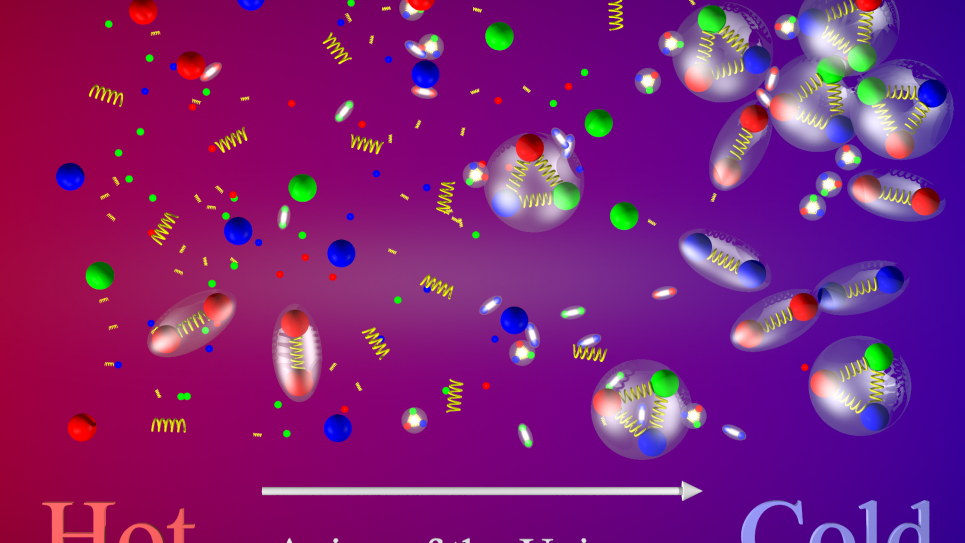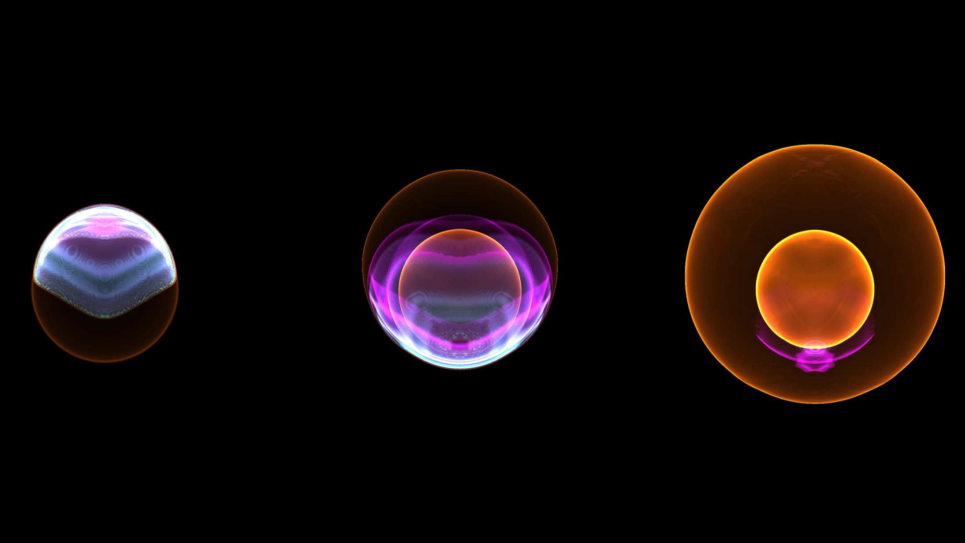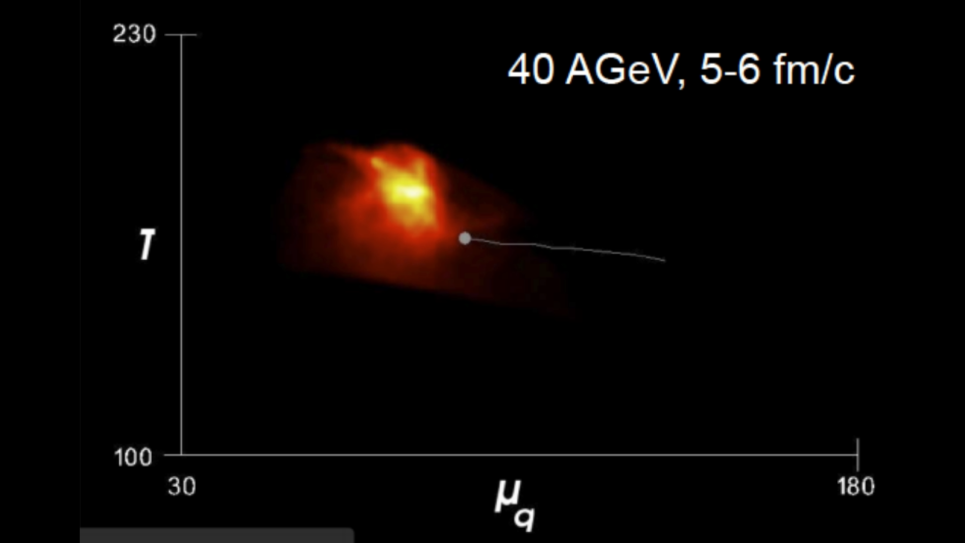
Quark Flavors and Conserved Charges at Finite Density in the QCD Phase Diagram
Ordinary hadronic matter is expected to undergo a phase transition to the Quark-Gluon Plasma (QGP) or deconfined phase of matter in extreme conditions of temperature or density. This transition, predicted by the fundamental theory of strong interactions (quantum chromodynamics, or QCD), is now being realized in heavy ion collisions at the Relativistic Hadron Collider (RHIC) at Brookhaven National Laboratory and at the Large Hadron Collider (LHC) at CERN near Geneva, Switzerland.
This project is pursuing a microscopic understanding of the QGP properties near the QCD transition, that is, an understanding of the properties of primordial deconfined matter near the transition to ordinary nuclear matter. The researchers, as part of another ongoing INCITE project, have already made fundamental contributions to the field by extracting from first principles the temperature at which hadrons (protons, pions, kaons, etc.) are formed. They have also simulated several observables, which can be compared directly to the experimental measurement to determine details of particle formation during the transition. In fact, these comparisons can be made today for the first time because of the precision reached in their continuum-extrapolated calculations. This new project extends the previous analysis to larger chemical potentials (i.e., larger densities).
The researchers seek to obtain a precise, continuum-limit determination of high-order fluctuations of light, strange, and charm quark flavors, or equivalently of electric charge, baryon number, and strangeness. Doing so will help them determine the microscopic description necessary to understanding the underlying physics principles of the QCD transition.

